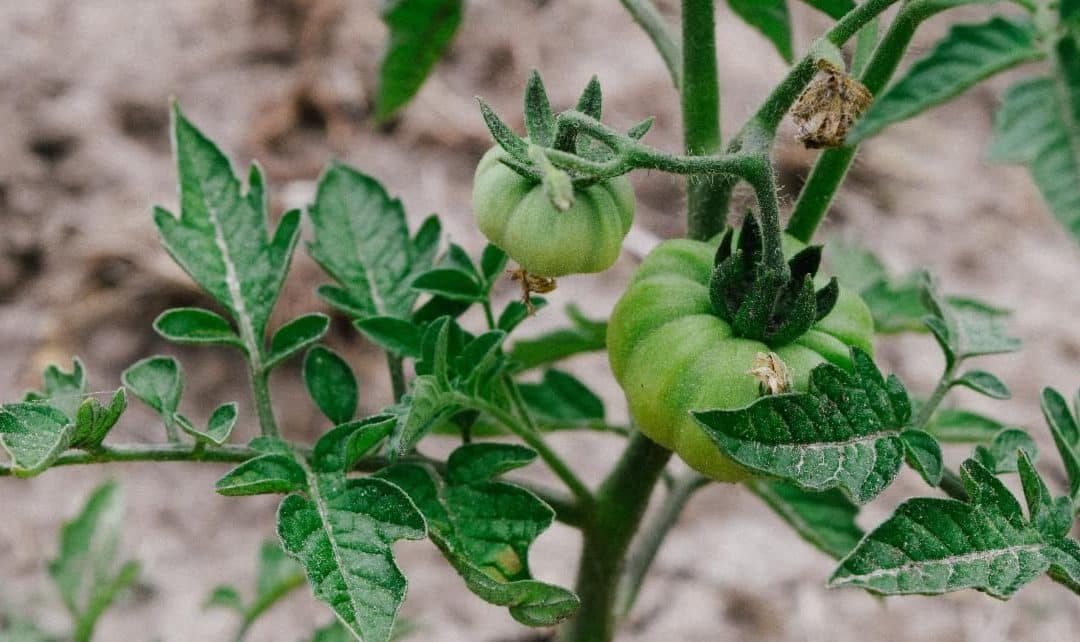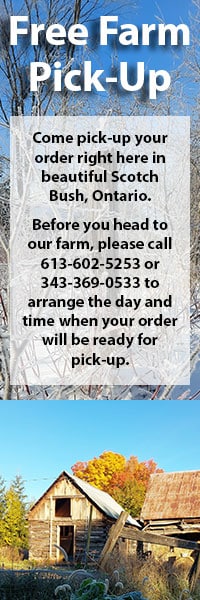Greetings!
We hope you have been enjoying your baskets and getting creative in the kitchen! Despite some hiccups and hurdles, our veggies are coming right along and we can’t wait for the new additions that will be finding their way to baskets in the coming weeks.
I wanted to take the opportunity this week to briefly introduce myself as the face behind these newsletters! My name is Julia and I started working here with Marshall and Kathleen in early May. Originally from Montreal, my interest in organic farming first began while taking several food politics courses at Concordia University. In 2017, I spent a summer interning at the Hudson Heartbeet Community Farm, just off the Island of Montreal. I’ve since moved to the Ottawa Valley to complete the Outdoor Adventure Naturalist program at Algonquin College, and enjoy all the natural beauty that rural life has to offer. I love writing, working with food and being on the land, and I’m incredibly happy to be able to share those passions with you all via this newsletter.
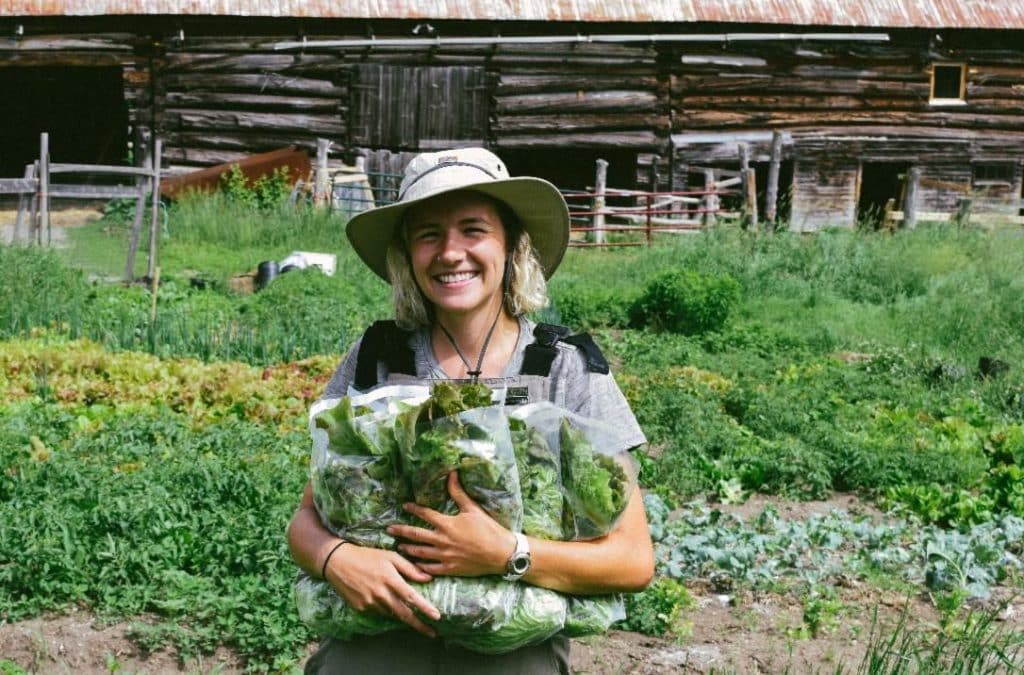
You’ve probably already noticed that things are dry around the valley these days. Some respite came in the form of rain this past weekend, but the forecast is calling for another long streak of hot days ahead. This is promising news for some plants: our tomato fruits are plumping up nicely (see this week’s cover photo!) and members of the squash family, such as the baby zucchinis pictured below, are thriving in the dry heat.
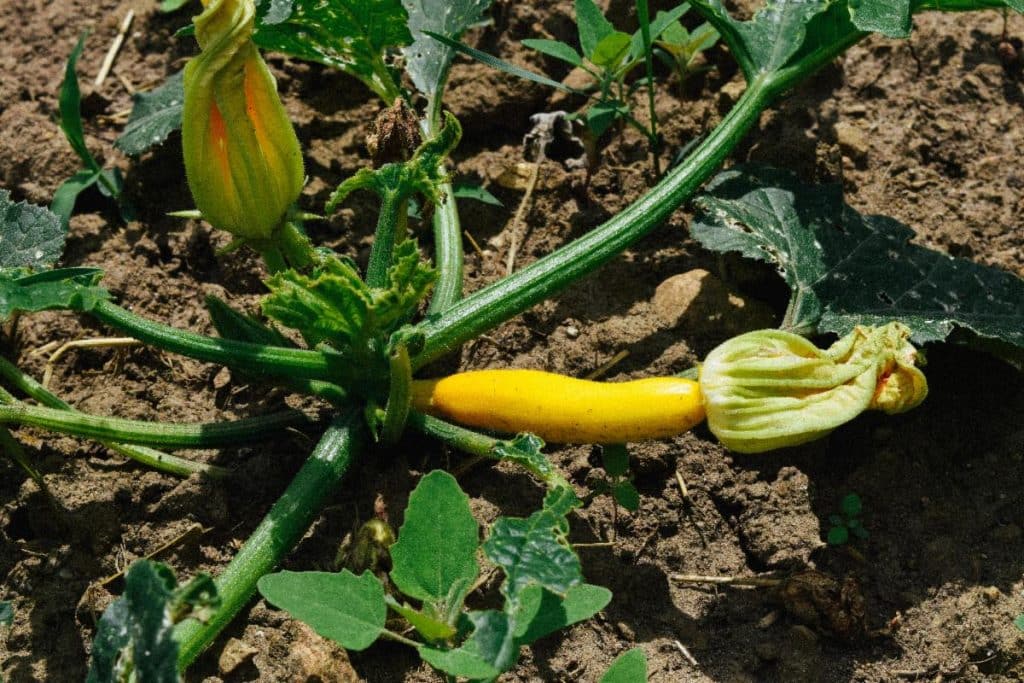
While good for some, the heat can cause trouble for many. Flea and cucumber beetles attack a wide variety of plants and feed most on hot, sunny days. If population numbers are not kept under control, they can quickly defoliate and kill entire plants. Our daily routine now includes plucking cucumber beetles from our plants and dunking them into soapy water. If the heat keeps up, more rigorous solutions may be needed in the weeks to come… For the organic farmer, the battle against garden pests is never-ending!
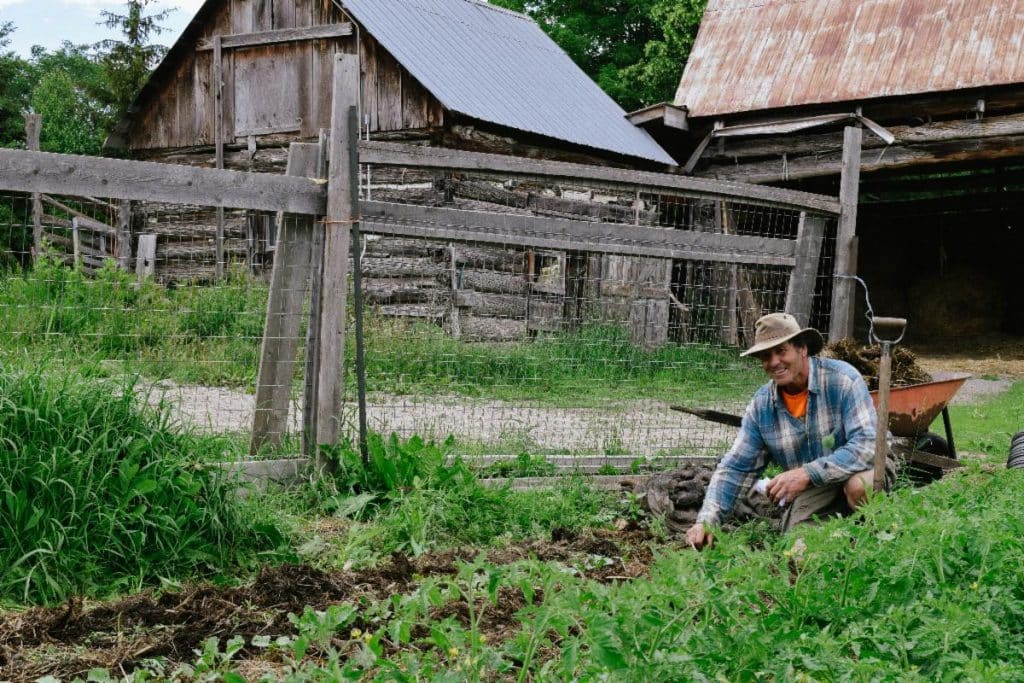
With the heat has also come the end of our run of spinach. Spinach, a friend of cooler weather, can’t grow new leaves when temperatures are high, and instead “bolts” — meaning it flowers and goes to seed.
Following the organic farming practice of crop rotation, this provided a great opportunity to remove the spinach plants and get sow new seeds in their place. By planting carrots and cucumbers in the soil where spinach grew before, we help prevent the buildup of pests and diseases and optimize the use of soil nutrients.
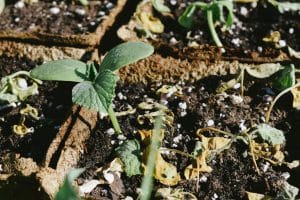
Garden tip: laying sawdust over seed rows is a helpful marker, and also keeps soil from crusting. |
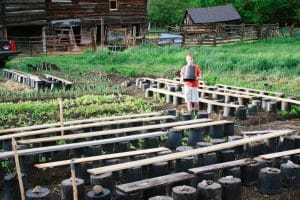
Pointy leaves: a telltale sign of spinach ready to go to seed. |
Recipe of the Week: Chopped Kale & Radish Salad with Bacon, Maple Walnuts & Goat Cheese
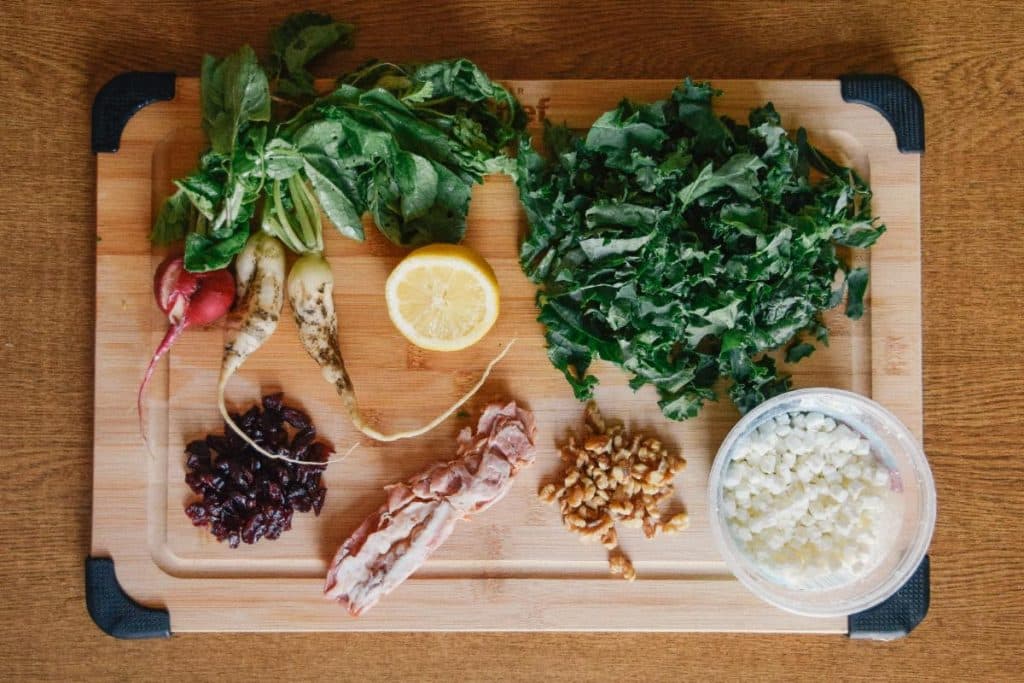
I can think of few things that beat a fresh kale salad on a hot summer evening. Kale is one of my favourite vegetables, for its hardiness, versatility and nutrient content. I made this recipe for yesterday’s dinner (and today’s lunch meal prep) and I can confidently attest to the fact that our farm kale is the best ever! I normally “massage” my kale with oil before eating to make it more palatable, but our kale was so tender compared to the supermarket variety that I was able to skip that step altogether.
This salad has it all: savoury bacon and goat cheese, sweet cranberries and candied walnuts, and zippy radishes and lemon vinaigrette. It’s perfect for a pot luck, side dish or as a meal of its own. The dressing is so easy and so tasty, you’ll want to put it on all your salads! If you have sumac spice on hand, it adds a great extra bit of tang.
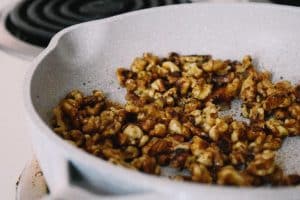
- 1 big bunch kale, stemmed and chopped4-6 radishes
- 1/2 cup chopped walnuts
- 3 tbsp maple syrup
- 3-4 slices cooked bacon
- 1/3 cup dried cranberries
- 2 oz goat cheese, crumbled
For the dressing:
- 1/4 cup olive oiljuice of 1/2 lemon
- 2 tbsp red wine vinegar
- 1 tbsp dijon mustard
- 1/2 tsp garlic powder
- 1/2 tsp sumac (optional)
- salt & pepper, to taste
How you’ll do it:
- Toss chopped kale, radishes, and radish leaves. (Don’t be intimidated by their coarseness — when chopped finely they make a great, mild peppery addition.)
- Preheat a dry skillet over medium heat. Add walnuts, maple syrup and a sprinkling of salt. Cook, stirring frequently, until syrup is caramelized and nuts are toasted, about 3 minutes. Let cool.
- Heat bacon and add to salad mix along with cranberries, goat cheese and cooled walnuts.
- Combine all dressing components. Drizzle over salad, toss, serve and enjoy!
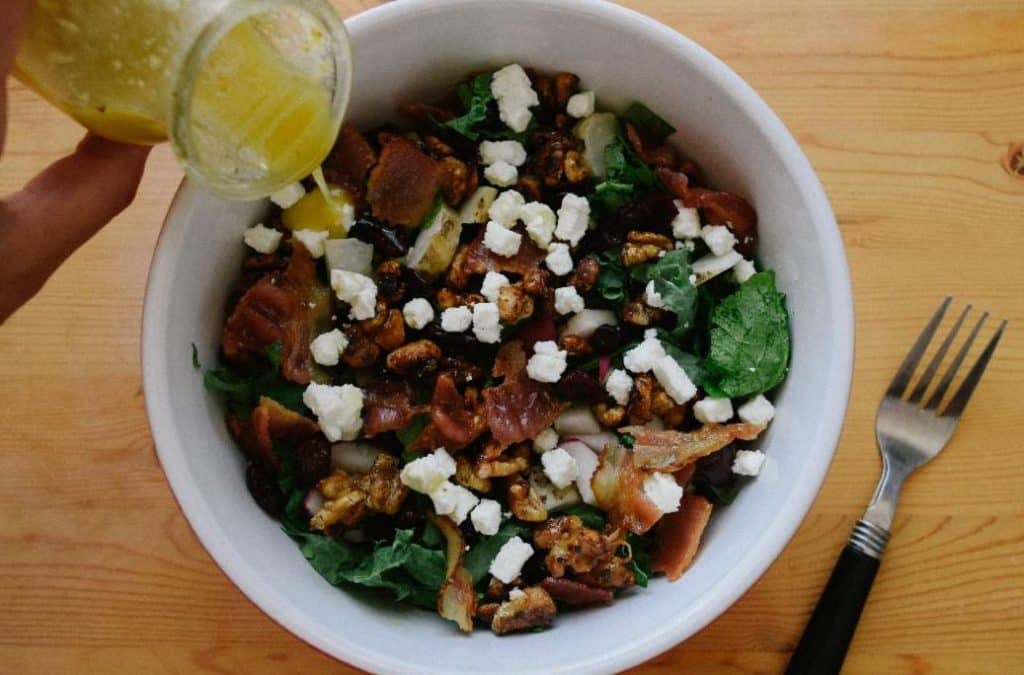
Wishing everyone a wonderful week and a happy Canada Day holiday, however you may be spending it in these strange times! Whatever plans may be in store for you, may they include many tasty vegetables.
Until next time,
Julia
Ottawa Valley Farm to Fork

